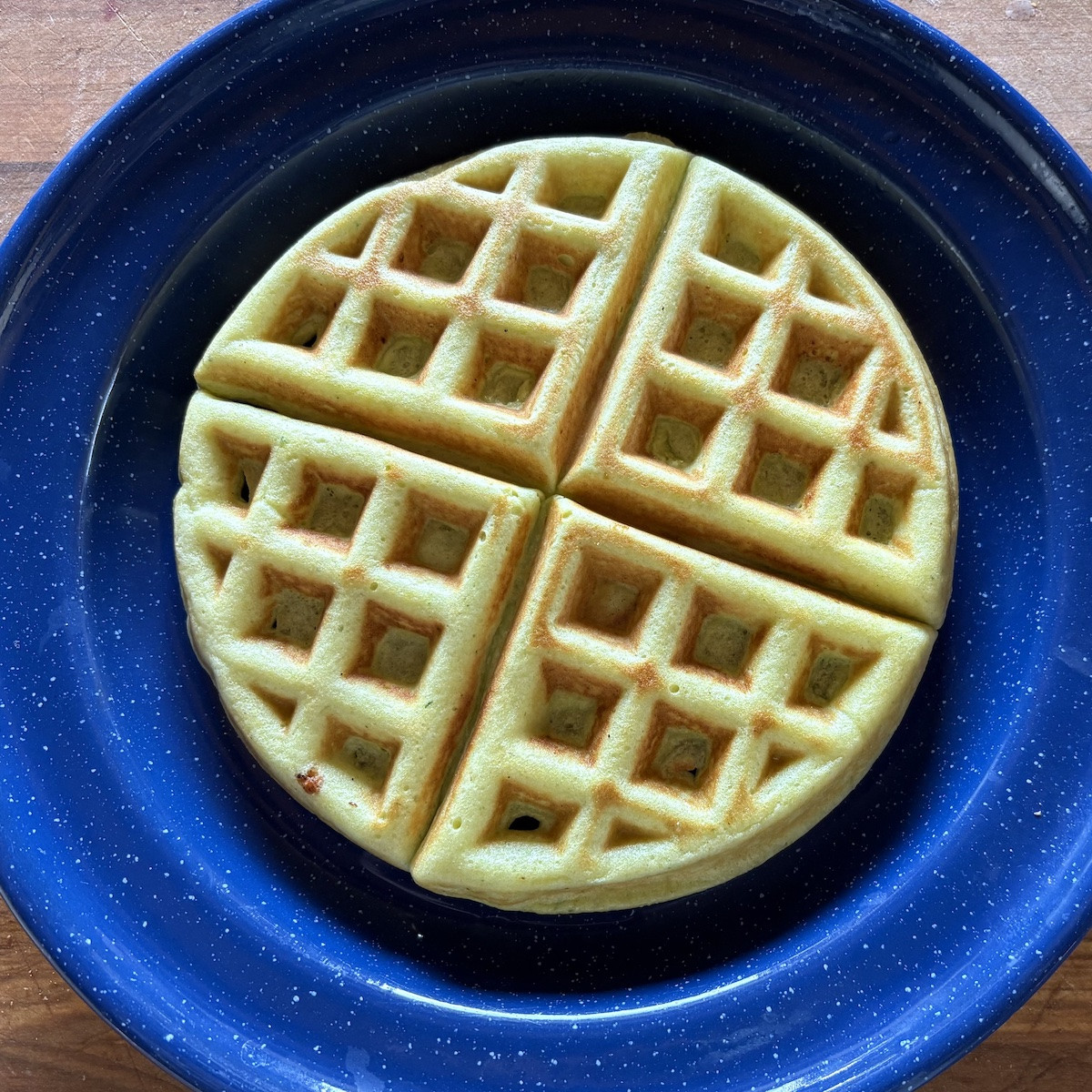Truth about cured meat
posted on
October 29, 2025
I got this question from a newsletter reader a couple of weeks ago, and I’ll admit I didn’t have all the answers right at the top of my mind, so I dug into some research.
This is what Katie asked:
I have a food question/mystery that I am personally wanting your opinion on, and maybe they will make good “food for thought” for a future Sisu blog of yours! I’m confused about processed meats and nitrates. It is my understanding that the nitrates are formed during the processing, and are not naturally occurring in the meats, is that correct? Does that mean that your dirt pork bacon and sausages are free of nitrates?
🥓 Let’s talk bacon...ham and others
Understanding the science, the salt, and the story behind your bacon
🧂 A Little History: Preserving the Harvest
Long before refrigeration, salt was the farmer’s best friend. People could use salt to preserve meat for the winter or long journeys. I believe fully that ham (salt pork) became the meat for Easter, because it’s what was still well preserved in the Spring before fresh meat would be harvested or raised. Ancient civilizations from China to Rome used salt and drying to prevent spoilage.
Fun Fact: Salt has been mined for thousands of years. It was once so valuable that Roman legions were paid with it. Hence, the word Salary, which came from the word Salt
Meat cured with salt lasted longer, tasted better, and stayed safer.
They didn’t know it then, but naturally occurring nitrates and nitrites in the salt and environment were doing more than seasoning — they were protecting the meat from harmful bacteria, giving it a pink color, and creating that unmistakable cured flavor we now associate with bacon, ham, and smoked sausage.
Centuries later, science caught up with tradition, helping us understand why salt-curing worked so well — and how to do it even more safely.
🔬 Nitrates vs. Nitrites — What’s the Difference?
🧪 Nitrates (NO₃⁻) vs. Nitrites (NO₂⁻)
| What they are | A more stable compound of nitrogen and oxygen. | A more reactive compound — one oxygen less than nitrate. |
| Where they’re found | Naturally in soil, water, and vegetables like spinach, beets, celery, and lettuce. | Found in smaller amounts naturally, but usually formed when nitrates break down(either in the body or during curing). |
| Role in curing | Nitrates act as a slow-release source of nitrites during long cures (like country hams or prosciutto). | Nitrites are the active curing agent — they prevent botulism, preserve color, and create cured flavor. |
| Conversion | Nitrates → Nitrites (with help from bacteria or enzymes). | Nitrites → Nitric oxide (NO), which reacts with meat pigments to keep that pink cured color. |
| Safety notes | Harmless in moderate amounts and common in vegetables. | Safe when used properly — the concern arises if nitrites form nitrosamines under high heat and without antioxidants. |
In simple terms:
- Nitrates turn into nitrites during curing.
- Nitrites do the real work — keeping your food safe and giving cured meat its signature flavor and pink color.
🧠 Myth vs. Fact: The Truth About Nitrites
❌ Myth:
Only cured meats contain nitrites.
✅ Fact:
All meats — even fresh, uncured ones — contain naturally occurring nitrates and nitrites in trace amounts.
They come from the animal’s feed, natural bacteria, and even normal body metabolism.Vegetables like spinach, celery, and beets actually contain 10–100× more nitrates than cured meats.
So yes — your salad has far more nitrates than your bacon!
The takeaway:
Nitrites aren’t “unnatural.” They’re part of the nitrogen cycle that supports life. Curing simply uses that same chemistry in a safe, traditional, and delicious way.
⚠️ Health Concerns: Understanding Nitrosamines
Nitrosamines form when nitrites react with proteins under very high, dry heat — typically above 350°F (175°C).
Some types of nitrosamines have been linked to cancer risk in animal studies, which is why this topic gets attention.But here’s what’s changed:
✅ Strict nitrite limits — regulated by the USDA.
✅ Added antioxidants — like vitamin C (ascorbate) that block nitrosamine formation.
✅ Low & slow cooking — greatly reduces the risk.Modern curing and cooking practices have cut nitrosamine levels by more than 80–90% since the 1970s.When done right, curing makes meat safer, not more dangerous.
🍳 Low & Slow: A new Way to Cook Bacon
I’ll admit, even though I ‘know’ better, I’m guilty of cooking things at higher than ideal temperatures, browning or rather charring meats more than ideal.
While I like my steaks rare, I like my brats almost black; the farmhands make fun of me for it.
So, in researching this topic and better understanding nitrosamines, I decided to test out a “Low and Slow” method to cooking bacon this morning, and it will probably become my go-to.
Cooking bacon gently keeps flavor rich, texture perfect, and chemistry clean.
Oven Method
- Line a baking sheet with parchment.
- Lay bacon flat without overlapping.
- Bake at 325–350°F for 20–30 minutes, flipping halfway.
- Drain on a rack or paper towel.
✅ Even cooking, less mess, no splatter — and far fewer nitrosamines.
Skillet Method
- Start with a cold cast iron pan.
- Turn heat to medium-low.
- Flip occasionally until golden brown (not dark).
✅ If you see smoke, turn down the heat — you’re cooking too hot.
Farmers' Kitchen Tip: Save that bacon fat! It’s perfect for frying eggs or roasting veggies. I often keep the fat in the skillet after frying bacon, and whichever farmhand comes behind me uses it for their breakfast. Farmhand 1 admits that the fat from our new Jalapeno Bacon is NOT ideal for frying banana, peanut-butter pancakes, but for eggs, it’s fantastic.
🏷️ Label Decoder: What Those Ingredients Really Mean
Sodium Nitrite
- Prevents botulism
- Keeps meat pink and flavorful
- Used safely in very small, regulated amounts
Celery Powder
- Natural source of nitrates
- Converts to nitrites during curing (same chemistry, plant-based source)
Sodium Phosphate
- Helps meat hold moisture and stay tender
- Improves texture and flavor distribution
- Not a preservative — just a functional aid
Sea Salt
- The original curing ingredient — draws out moisture, preserves, and adds flavor
🌿 The Bottom Line
Whether it’s salt-pork from centuries past or your Saturday morning bacon, curing has always been about making food safe, keeping it delicious, and respecting the harvest.
Modern science hasn’t changed the heart of it — it’s simply made the process safer and more consistent.
So when you enjoy that slice of Dirt Pork bacon, you’re tasting a tradition perfected by time, guided by science, and rooted in respect for the animal, the farmer, and the food.
Katie, I hope that answers your questions!
In writing this, I also got into research about salt, sodium, and health, so be watching for a blog post next week about why “low sodium” may not be the best for our health.
I love researching topics related to food and farming, so if there’s a topic you would like to see covered in the newsletter and on the blog, let me know!




